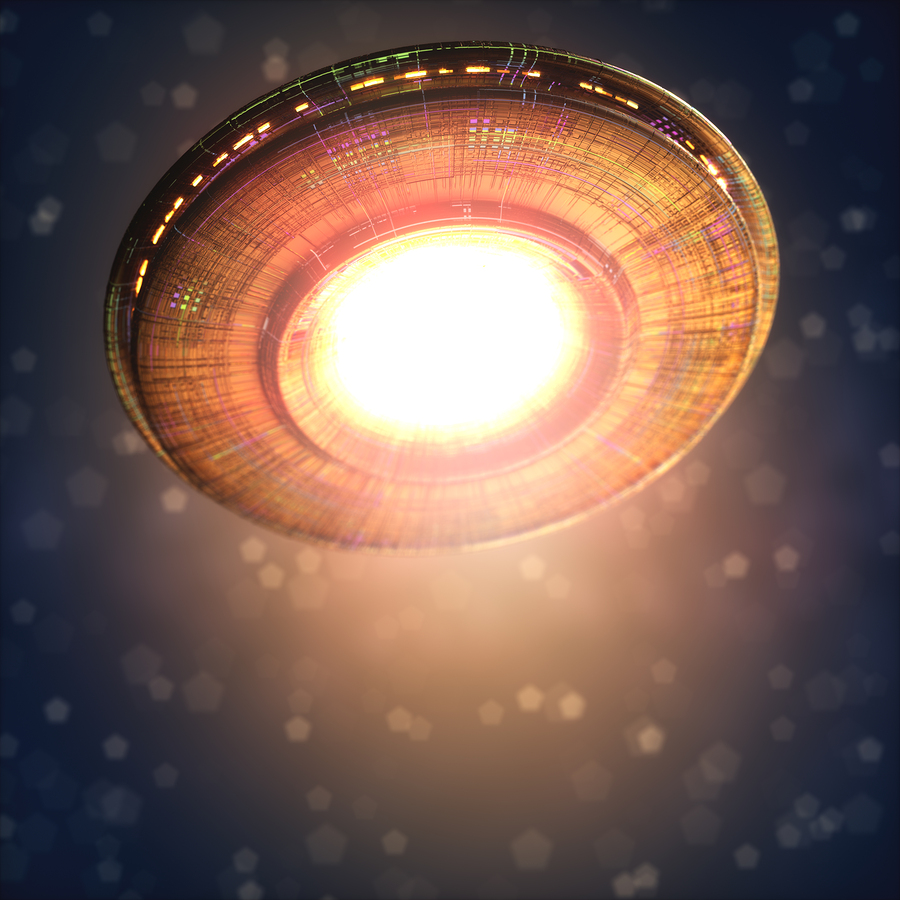The eternal question posed by Man about life outside our planet seems to interest NASA in 2018, but from a somewhat different angle. It is no longer just about finding, here or elsewhere, evidence of microbial life, but rather evidence of relatively advanced life that can create technology. What is NASA’s goal? What have been past experiences?
NASA and the technosignature
Between the desire of the US Congress, expressed in April 2018, for the American space agency to support American research into the technosignature and the first workshop organized by NASA to this end, in September 2018, there was no need to wait for long. Indeed, for the scientists, with new knowledge about exoplanets and various results on the signatures of life, the time seems propitious to strive in the search for technosignatures.
What is it exactly? To detect, through small space telescopes – satellites that study transiting exoplanets (TESS) – for signs or signals that would lead to a conclusion that technological life exists elsewhere in the universe. They could be manifested by emissions (radio, laser, hertz), by anomalies (chemical or thermodynamic imbalance) or by abnormal behaviour (nuclear explosion or visual pollution). However, given the much radio interference in the universe, more than one “unexplained signal” will have to be observed to attest to the existence of technological life. This ambitious project brings together not only former aerospace engineers (Pete Worden) but also American (two Microsoft alumni) and Russian (Yuri Milner) philanthropists.
A fine comb through the universe
The beginnings of the search for technosignatures date to the early 20th century, even before space research and the invention of the radio. By 1960, men were searching for advanced civilizations, and researchers focused on “communication signals” to perceive “extraterrestrial intelligence”. The following year, in 1961, the astronaut Frank Drake estimated the number of “potential intelligent civilizations” to be 10,000, according to an eponymous equation, which however has many approximate variables. During the same decade, the physicist Freeman Dyson invited men of the blue planet to observe the galaxy to identify potential spheres, which would be no more or less than a mechanism developed by another civilization which, due to exponential demographics, would have developed this superstructure to house its inhabitants, as well as to store energy. In the early 1970s, NASA set up the SETI program (Search for Extraterrestrial Intelligence) to detect patterns in low-band radio frequencies, which was terminated in 1973 by Congress. NASA resumed the service in 2009 with the Kepler mission (space telescope) as part of the search for exoplanets. Building on its success – discovering more than 2600 planets, many multiplanetary systems and various solar systems – NASA has seen its mission extended to 2019.
The excitement of finding technosignatures is such that Man almost misunderstood the interpretation of an anomaly. As evidence is three years of conjecture about the Taby star and its unusual light emissions… which turned out to be imposing dust clouds that were masking the star’s light. So let us stay serene and patient, because, as the Fermi Paradox asks: “If extraterrestrial civilizations exist, their representatives should be here. Where are they?”
